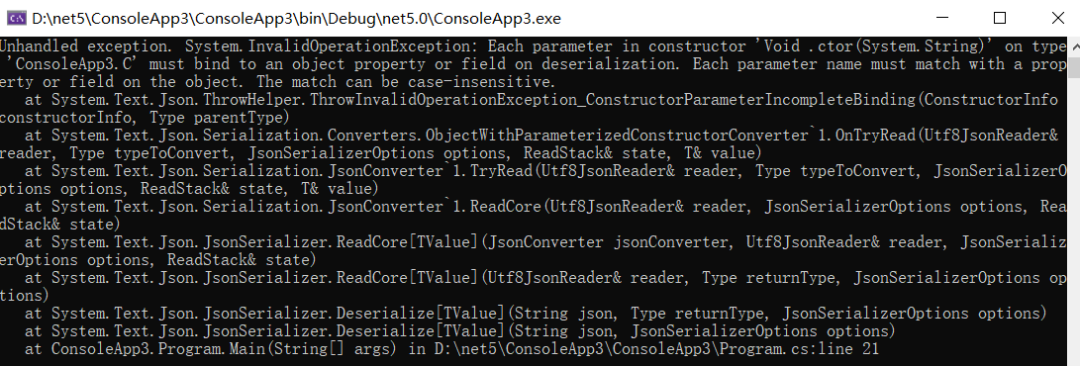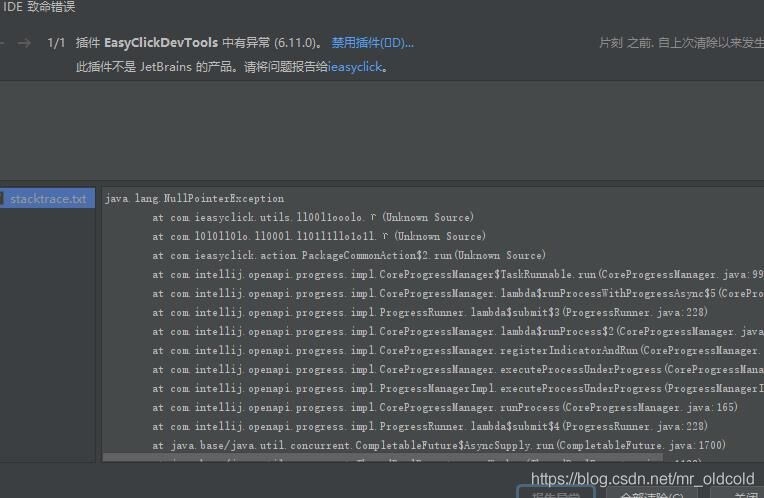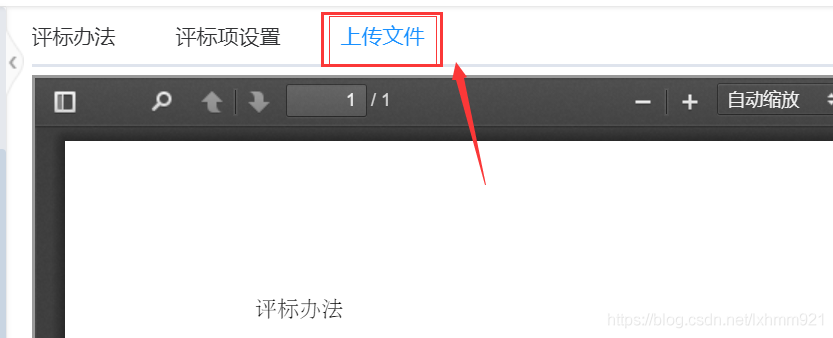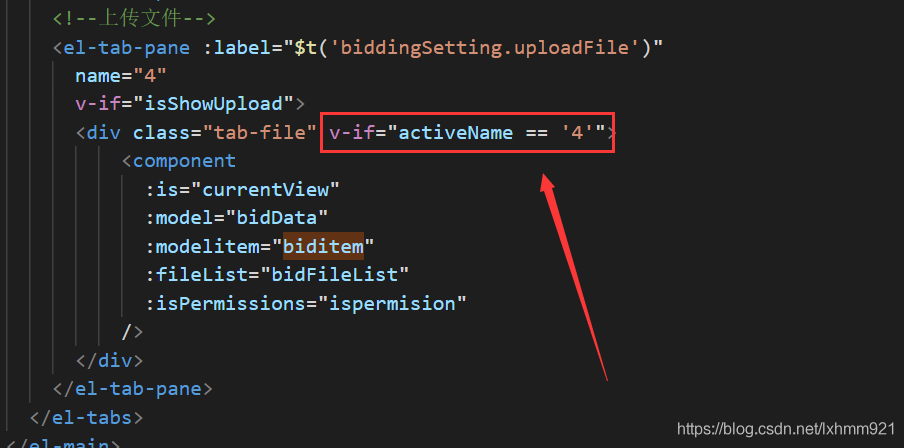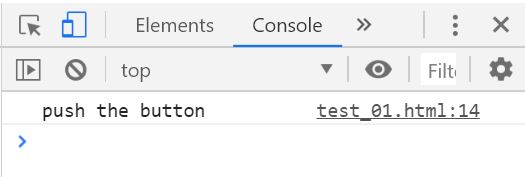An error occurred when ecarts component was introduced into Vue project: “error: initialize failed:invalid dom. ”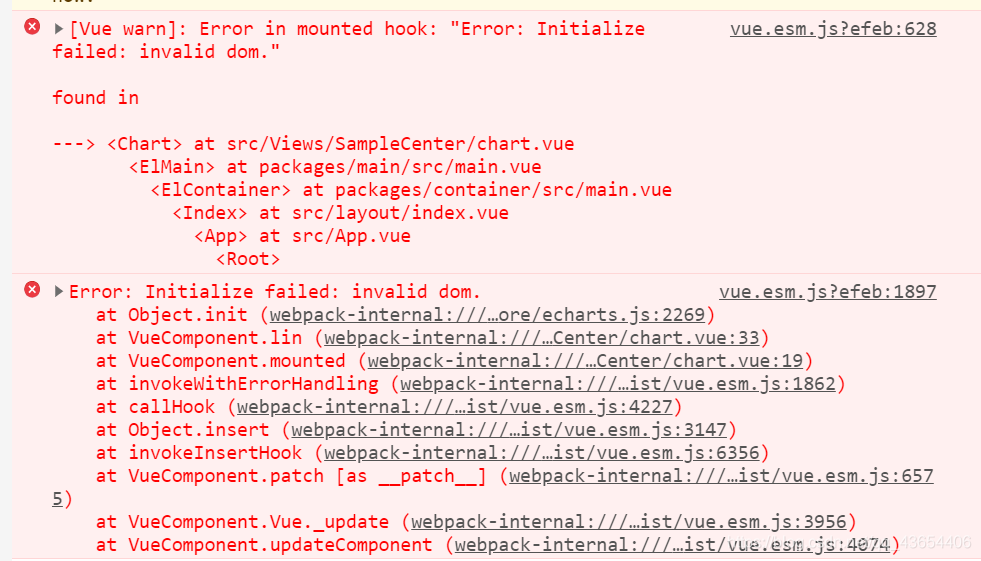
I found that I didn’t reach that level at all. The problem I encountered was that I didn’t quote correctly. I split up. Xiaobai grew up in tears and blood. He didn’t talk much nonsense. Write an article and record it.
The main reason is that I didn’t understand the reference method of ecarts component. Here is my solution
<div id="a" style="height:80vh;width:100%" ref="b"></div>
There are two ways, one is Ref
let mychart = this.$echarts.init(this.$refs.b)
A way of using ID
this.$echarts.init(document.getElementById("a"))
The following is the complete code of the ecart component that I quoted. I have highlighted the mistakes I made. I hope it can help you.
<template>
<div id="a" style="height:80vh;width:100%" ref="b"></div>
</template>
<script>
mounted() {
this.init()
},
methods: {
init(){
let mychart = this.$echarts.init(this.$refs.b)
// let mychart = this.$charts.init(document.getElementById("a"))
//Here, I am the problem here, did not understand the whole id and ref relationship
let optionline = {
backgroundColor: '#f0f0f0',
title: {
text: 'Folding Line Chart',
textStyle: {
align: 'center',
color: '#99CCFF',
fontSize: 20,
},
top: '5%',
left: 'center',
},
tooltip: {
trigger: 'axis',
axisPointer: {
lineStyle: {
color: {
type: 'linear',
x: 0,
y: 0,
x2: 0,
y2: 1,
colorStops: [{
offset: 0,
color: 'rgba(0, 255, 233,0)'
}, {
offset: 0.5,
color: 'rgba(255, 255, 255,1)',
}, {
offset: 1,
color: 'rgba(0, 255, 233,0)'
}],
global: false
}
},
},
},
grid: {
top: '15%',
left: '5%',
right: '5%',
bottom: '15%',
// containLabel: true
},
xAxis: [{
type: 'category',
axisLine: {
show: true
},
splitArea: {
// show: true,
color: '#f00',
lineStyle: {
color: '#f00'
},
},
axisLabel: {
color: '#fff'
},
splitLine: {
show: false
},
boundaryGap: false,
data: ['A', 'B', 'C', 'D', 'E', 'F'],
}],
yAxis: [{
type: 'value',
min: 0,
// max: 140,
splitNumber: 4,
splitLine: {
show: true,
lineStyle: {
color: 'rgba(255,255,255,0.1)'
}
},
axisLine: {
show: false,
},
axisLabel: {
show: false,
margin: 20,
textStyle: {
color: '#d1e6eb',
},
},
axisTick: {
show: false,
},
}],
series: [{
name: 'Total registration',
type: 'line',
// smooth: true, // whether smooth
showAllSymbol: true,
// symbol: 'image://./static/images/guang-circle.png',
symbol: 'circle',
symbolSize: 25,
lineStyle: {
normal: {
color: "#6c50f3",
shadowColor: 'rgba(0, 0, 0, .3)',
shadowBlur: 0,
shadowOffsetY: 5,
shadowOffsetX: 5,
},
},
label: {
show: true,
position: 'top',
textStyle: {
color: '#6c50f3',
}
},
itemStyle: {
color: "#6c50f3",
borderColor: "#fff",
borderWidth: 3,
shadowColor: 'rgba(0, 0, 0, .3)',
shadowBlur: 0,
shadowOffsetY: 2,
shadowOffsetX: 2,
},
tooltip: {
show: false
},
areaStyle: {
normal: {
color: this.$echarts.graphic.LinearGradient(0, 0, 0, 1, [{
offset: 0,
color: 'rgba(108,80,243,0.3)'
},
{
offset: 1,
color: 'rgba(108,80,243,0)'
}
], false),
shadowColor: 'rgba(108,80,243, 0.9)',
shadowBlur: 20
}
},
data: [502.84, 205.97, 332.79, 281.55, 398.35, 214.02, ]
},
{
name: 'Total registration',
type: 'line',
// smooth: true, // whether smooth
showAllSymbol: true,
// symbol: 'image://./static/images/guang-circle.png',
symbol: 'circle',
symbolSize: 25,
lineStyle: {
normal: {
color: "#00ca95",
shadowColor: 'rgba(0, 0, 0, .3)',
shadowBlur: 0,
shadowOffsetY: 5,
shadowOffsetX: 5,
},
},
label: {
show: true,
position: 'top',
textStyle: {
color: '#00ca95',
}
},
itemStyle: {
color: "#00ca95",
borderColor: "#fff",
borderWidth: 3,
shadowColor: 'rgba(0, 0, 0, .3)',
shadowBlur: 0,
shadowOffsetY: 2,
shadowOffsetX: 2,
},
tooltip: {
show: false
},
areaStyle: {
normal: {
color: this.$echarts.graphic.LinearGradient(0, 0, 0, 1, [{
offset: 0,
color: 'rgba(0,202,149,0.3)'
},
{
offset: 1,
color: 'rgba(0,202,149,0)'
}
], false),
shadowColor: 'rgba(0,202,149, 0.9)',
shadowBlur: 20
}
},
data: [281.55, 398.35, 214.02, 179.55, 289.57, 356.14, ],
},
]
}
mychart.setOption(optionline)
}
}
</script>
